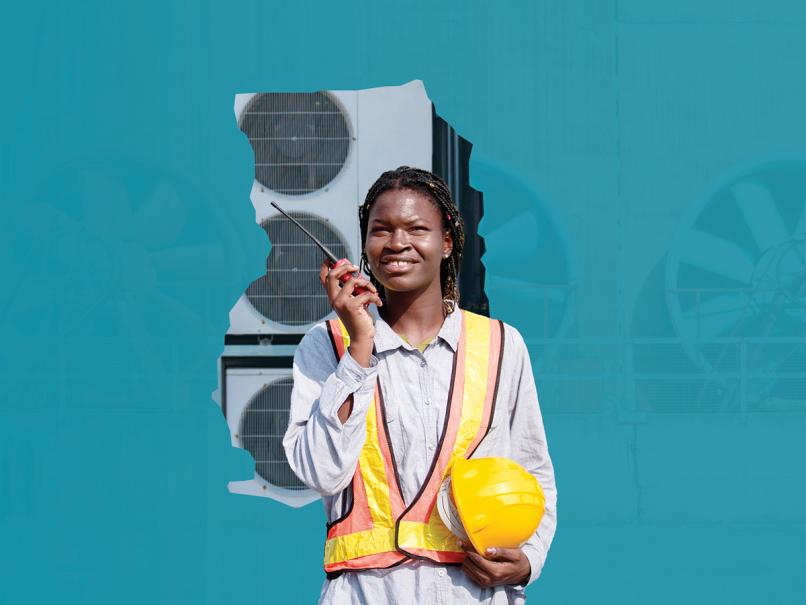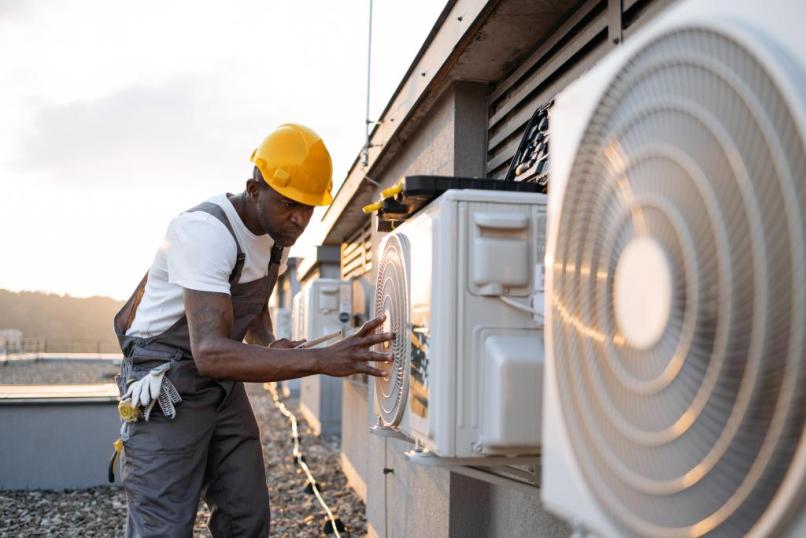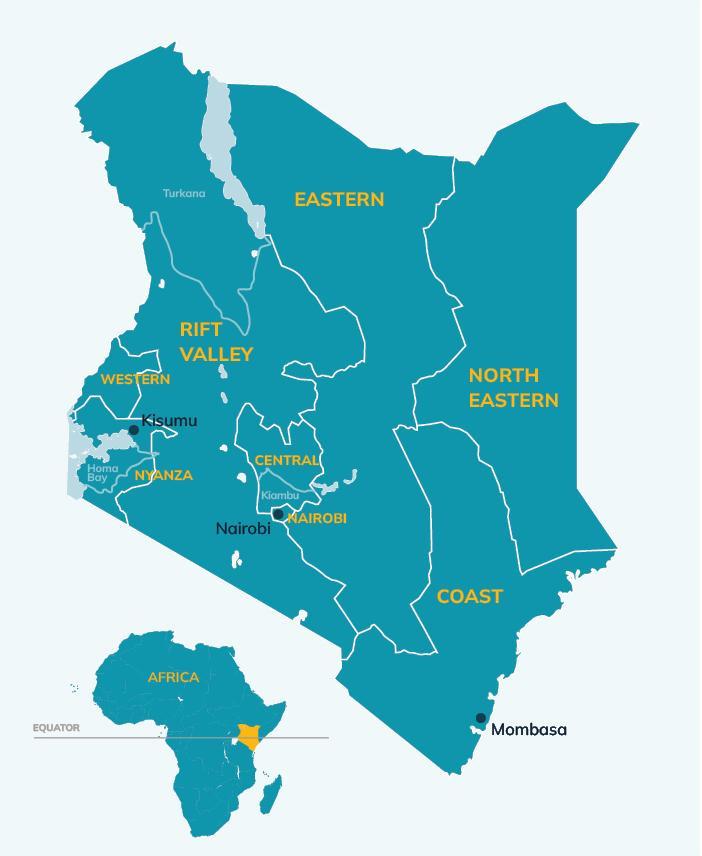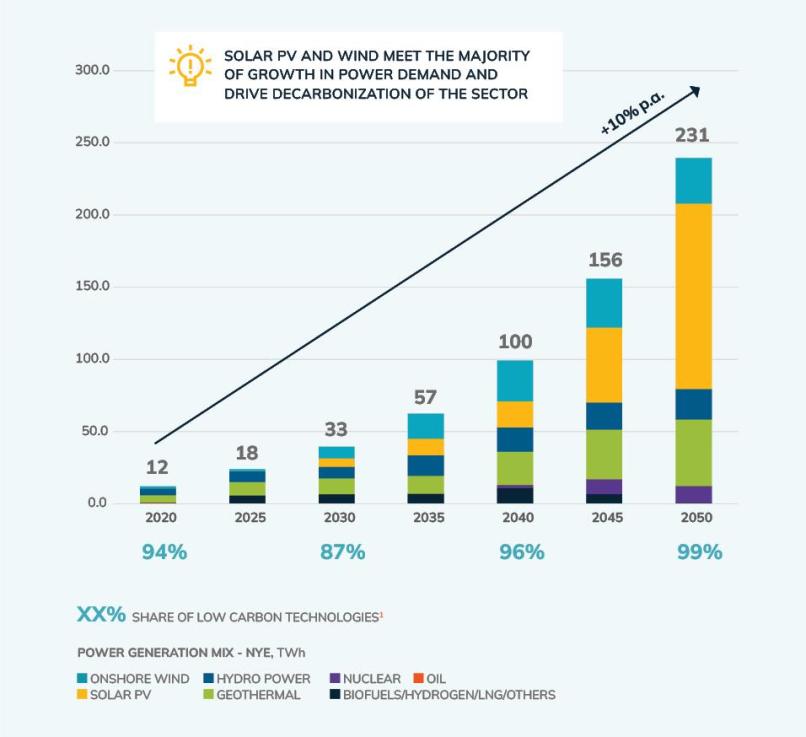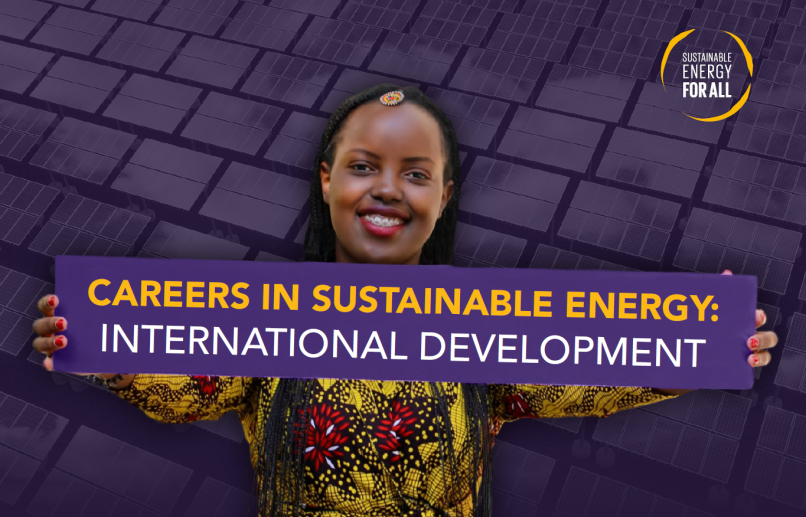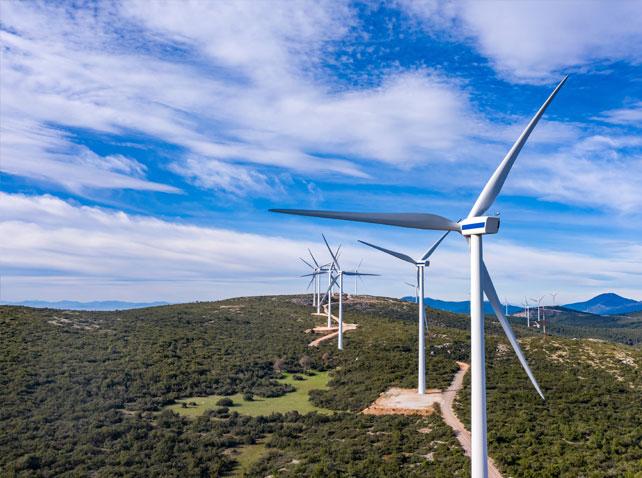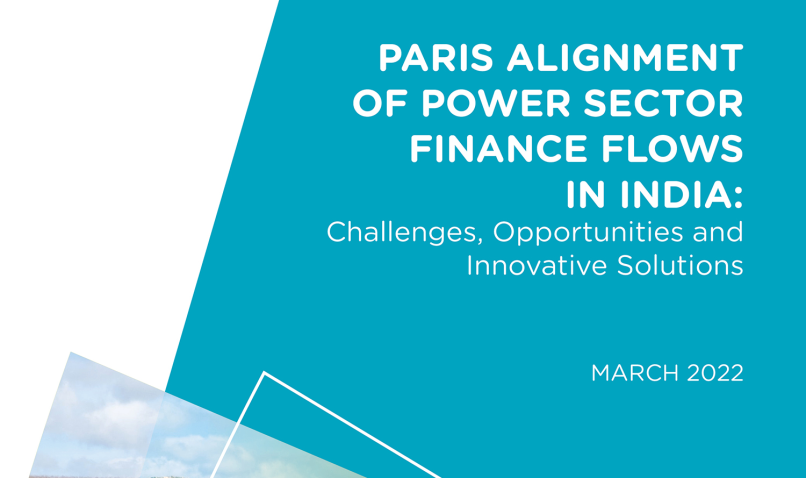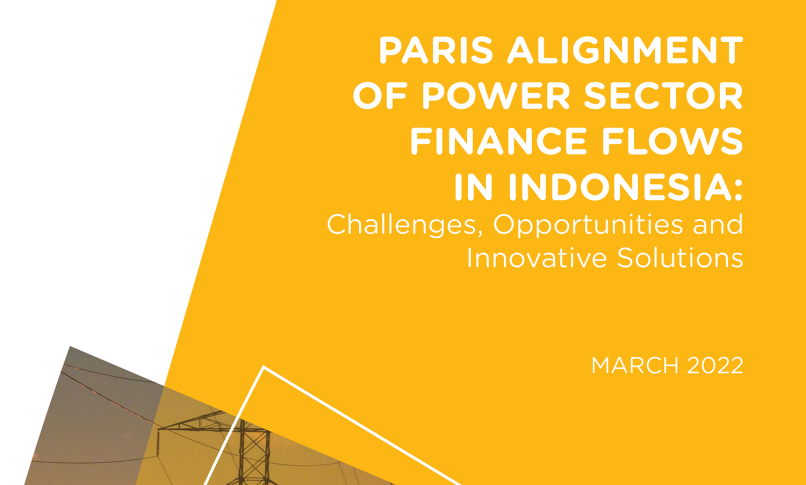Country Brief: Sustainable Cooling for All in Ghana
The need for sustainable cooling for all in Ghana
Cooling and cold chains are vital for healthcare and vaccines, for nutrition and agricultural value chains, for thermal comfort at home, work, school and in transportation, and for industrial processes and data centres. Affordable and sustainable cooling is essential for a thriving society and a healthy nation, sitting at the intersection of the Paris Climate Agreement, the Kigali Amendment of the Montreal Protocol and the UN Sustainable Development Goals (SDGs).
However, millions of people in Ghana lack access to affordable, reliable, sustainable cooling solutions, exposing them to severe health, wellbeing, and socioeconomic consequences. According to Sustainable Energy for All’s (SEforALL’s) Chilling Prospects analysis, there are 12.9 million rural and urban poor at high risk in Ghana due to a lack of access to cooling because they live below the international poverty line (less than USD 2.15 per day, as set by the World Bank) in substandard housing and do not have access to electricity. There are a further 16.6 million lower-middle-income people at medium risk due to a lack of access to cooling who also live without access to electricity and, although not impoverished, have limited financial resources to purchase cooling services. Given the significant power interruptions during 2024, commonly referred to as "dumsor", there could be more people at risk to extreme heat as fans, air-conditioning units and fridges, etc., cannot operate without power.
For Ghanaians with reliable access to electricity, refrigeration and air-conditioning (RAC) usage is increasing due to rising incomes, temperatures and frequency of heatwaves, and further growth expected in this sector will impact Ghana’s energy systems and climate goals. The 2021 Ghana National Cooling Plan (NCP) projects that energy demand for the RAC sector will increase steadily from 7.04 TWh in 2015 to 20.9 TWh in 2050 with a corresponding greenhouse gas (GHG) emissions increase from 5.05 mT CO2eq in 2015 to 12.8 mT CO2eq in 2050 under a ‘business-as-usual’ (BAU)’ scenario. To align with national energy and climate strategies such as the Ghana Energy Transition and Investment Plan(ETIP), these emissions need to be abated. Building on Ghana's leadership in promoting energy-efficient cooling and its commitment to the Global Cooling Pledge, now is an opportune time to reassess cooling needs to align with development, health and economic goals. Cooling plays a critical role in supporting Ghana's climate objectives and ensuring a just and equitable energy transition.
This country brief presents Ghana’s cooling needs, discusses challenges and opportunities in critical cooling sectors, reviews the high-level but key thematic solutions, and recommends priority areas for policy and market interventionsthat would advance sustainable cooling for all in Ghana. Details are available in the full report.
Climate
Ghana [1] is in West Africa and 540 km of its coastline are along the Gulf of Guinea. Generally, the country has a warm tropical savanna climate though this varies across geographical zones according to its latitude (4° to 12°N), varying elevations and proximity to the ocean. Ghana’s mean annual temperature is 27.3°C and the mean minimum and maximum annual temperatures are 22.1°C and 32.5°C, respectively. The highest recorded temperature is 43.8°C in the Upper East region of Navrongo [2]. Northern Ghana typically experiences one rainy season from May to September, while southern Ghana has two rainy seasons, the major one from April to July and a minor one from September to November. Humidity levels are high throughout much of the year, particularly in coastal and forest regions, ranging from 70 to 100 percent, depending on the season and region.
Ghana is expected to face significant changes in its climate, with mean temperatures projected to rise by 1.0°C to 3.0°C by the middle of the century and 2.3°C to 5.3°C by the end of the century (dependent on four Representative Concentration Pathways (RCPs), i.e., RCP2.6, RCP4.5, RCP6.0, and RCP8.5) [3]. Northern and inland areas will be the hottest, and the frequency of hot days and nights in all areas is expected to increase by 18-59 percent by the middle of the century, accompanied by a decrease in the frequency of cooler periods. These changes underscore the need for climate adaptation strategies, particularly in northern regions.
The five northern regions (Upper West, Upper East, Northern, Brong Ahafo, Volta) have a high heat hazard classification, whilst the four coastal regions (Western, Ashanti, Eastern, Central, Greater) have a medium heat hazard classification. (See Figure 1.) However, in 2024, the coastal zone of Western Africa (including parts of Ghana) experienced abnormal early season heat with a combination of high temperatures and relatively humid air that put people in extreme danger of heat cramps, heat exhaustion and heat stroke. [4], [5]
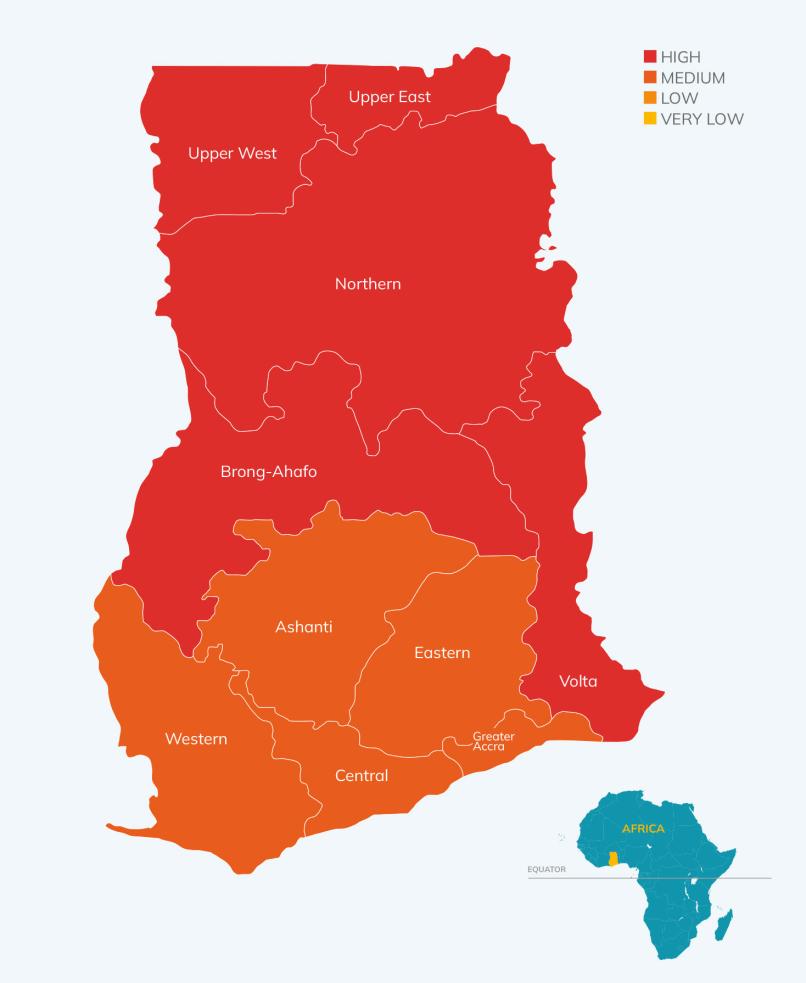
Population and Economy
Ghana has a population of approximately 34 million people, 59 percent of whom reside in urban areas (2023), including major cities like Accra and Kumasi. About 25.2 percent of the population live below the poverty line (2016), and 33 percent of the total population (8.8 million) reside in informal or slum housing (2020). [6]
Ghana's economy is robust and diverse, with key sectors including agriculture (20.9 percent of GDP), industry (34.2 percent) and services (44.9 percent). [7] Ghana is Africa’s largest gold producer, and the economy has significant contributions from the mining and minerals sector, as well as growing oil and gas industries. The manufacturing and services sectors are also vital to the nation’s economic landscape.
Electricity Access, Power Generation and Carbon Emissions
Access to electricity has improved considerably; 95 percent of urban populations now have access, though the figure is lower for rural populations (72 percent). This means the average rate of electrification is 85.1 percent (as of 2022). 8 The country is aiming for universal electrification by 2030.
Ongoing power interruptions, known as "dumsor," resulting from maintenance issues, financial constraints and gas supply difficulties, have been a significant challenge in 2024. Load-shedding schedules have been implemented to manage these disruptions.
According to Ghana’s ETIP, in 2020, its power generation totalled 20.45 TWh, with a source mix of gas (56.68 percent), hydro (39.28 percent), oil (3.79 percent and solar (0.31 percent), resulting in carbon emissions of 6.23 Mt CO2e.
Looking ahead to 2050 under the ETIP net-zero pathway, Ghana plans to shift its energy mix dramatically towards renewables, with solar energy expected to account for 71.4 percent of generation capacity, complemented by nuclear (10.24 percent), hydro (13.87 percent) and onshore wind (3.86 percent). Gas use will drop to 0.72 percent, with a portion using carbon capture and storage (CCS). The total power generation required is expected to reach 148.97 TWh, but associated carbon emissions will decrease significantly to 0.4702 Mt CO2e, aligning with Ghana’s target of achieving net-zero emissions by 2060. The transition will involve a massive scale-up of solar PV, beginning in 2020 and accelerating from 2040, alongside the introduction of nuclear power by 2045.
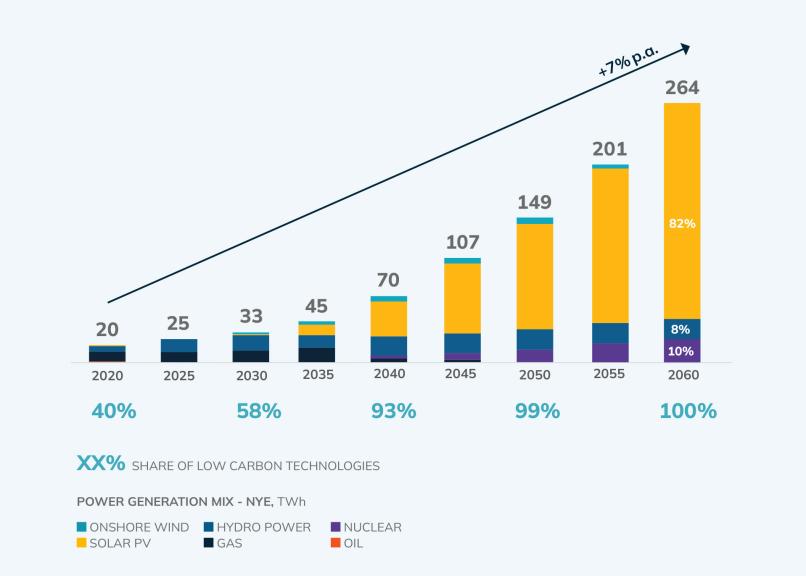
Cooling Access
Chilling Prospects analysis shows that Ghana has:
- 12.9 million people at high risk due to a lack of access to cooling. This includes 4.17 million rural poor who lack electricity and live in extreme poverty, often engaging in subsistence farming without access to intact cold chains, and 8.78 million urban poor with limited or no electricity access, living in thermally poor housing and facing intermittent electricity supplies.
- 16.6 million people at medium risk of a lack of access to cooling, 51% of whom are women. The population at medium risk represents an increasingly affluent lower-middle-income class that is on the brink of purchasing the lowest-cost air conditioner or refrigerator on the market.
The proportion of the population at high risk in Ghana is similar to that of neighbouring countries. In Togo and Burkina Faso 41 percent and 39 percent of the population are at high risk, respectively. The proportion of the population at high risk in neighbouring Cote d’Ivoire is slightly less at 32 percent.

Figure 3: Sustainable Development Goals & Cooling in Ghana
Notes and references:
[1] Climate Risk Profile: Ghana (2021): The World Bank Group
[2] Masters, Jeff (18 January 2018). "NOAA: Earth Had Its Third Warmest Year on Record in 2017". Wunderground. Archived from the original on 30 April 2018. Retrieved 27 October 2023.
[3] RCPs are defined by their total radiative forcing (cumulative measure of GHG emissions from all sources) pathway and level by 2100. For simplification, these scenarios are referred to as a low (RCP2.6); a medium (RCP4.5) and a high and business-as-usual (RCP8.5) emission scenarios in this profile. More information about RCPs in this link.
[4] World Weather Attribution (2024). ‘Dangerous humid heat in southern West Africa about 4°C hotter due to climate change’
[5] ThinkHazard! (2020). Ghana – Extreme Heat.
[6] World Bank Development Indicators (2024), Ghana.
[7] Ghana Statistical Service, Sectoral Share of GDP 2022.
[8] IEA, IRENA, UNSD, World Bank, WHO. 2024. Tracking SDG 7: The Energy Progress Report. World Bank, Washington DC.
